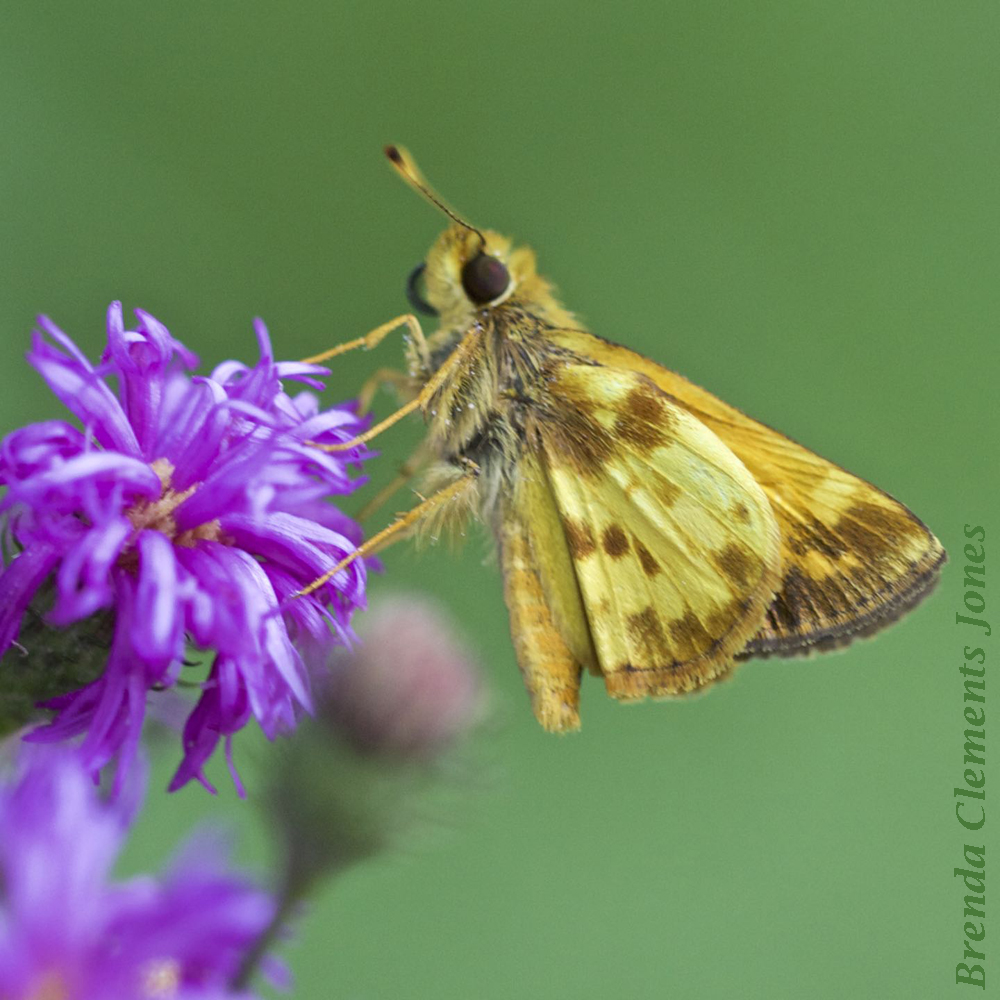-
Lesser Maple Spanworm Moth

Yesterday a dear friend let me know that we’re in the middle of National Moth Week (July 17-25, 2021). I had no idea such a thing existed! But now, with that in mind, I present the Lesser Maple Spanworm Moth (Speranza pustularia). Like many moths, this one is nocturnal and is attracted to porch lights.…
-
Variegated Fritillary

Unlike other Fritillaries, that exclusively use native Violets as their host plant, the Variegated Fritillary depends on many plants as its host plant including those Violets and also Passion Vine, Pansy, Purslane, Mayapple, Flax, and others. The Variegated Fritillary has a “long” life as an adult compared to some other butterflies, living between two and…
-
Spicebush Swallowtail Caterpillar

Several days ago I wrote about the adult Spicebush Swallowtail (Papilio troilus). The caterpillar of that beautiful butterfly has an impressive set of eyespots giving the caterpillar the look of a small snake which protects it from predators. The actual eyes are quite small, about the size of a pinpoint, located down the head, close…
-
Silvery Checkerspot

Warm sunlight shining through a tiny butterfly wing. Capturing this view of the wings was a challenge. A view that this little critter didn’t want to share. But seeing this, the underside of the wings, makes identification easy. Silvery Checkerspot (Chlosyne nycteis) on Apple Mint (Mentha suaveolens). In this view the hindwing is pale with…
-
Giant Swallowtail

Having a wingspan up to seven inches, this butterfly certainly earns the name Giant Swallowtail (Papilio cresphontes). It also holds the title of largest butterfly in North America. The larval host plants of Giant Swallowtails consist of many trees in the citrus family including, here in Virginia, the Common Hop Tree (Ptelea trifoliata). These caterpillars…
-
Baltimore Checkerspot

Baltimore Checkerspot (Euphydryas phaeton). I love so many butterflies. This is one of them. It’s the official state insect of Maryland. I was able to capture this photo of a Baltimore Checkerspot at Brookside Gardens in Wheaton, Maryland. The Baltimore Checkerspot larval host plant is White Turtlehead. If that plant is not available caterpillars will…
-
Rose Campion

I’m a sentimental sort. Thinking back to my Mom’s gardens when I was little. The flowers that I’m able to remember are quite special to me. Nearly all of them don’t fit into what I select for my gardens now. Natives have become a main focus in choosing what gets planted at my cabin. That…
-
Zabulon Skipper

Quite the contrast, this Zabulon Skipper (Poanes zabulon) on Ironweed. Gold on magenta. Skippers are called butterflies, but they are not true butterflies. One difference, antennae of a skipper is thread like, ending in clubbed tips which taper to hooks. The photo above is of a Duskywing Skipper with its hooked antennae. The antennae of…
-
Zebra Swallowtail

The larval host of Zebra Swallowtail (Protographium marcellus) is any of the eight species of the genus PawPaw (Asimina). I’m in the process of replacing three PawPaw trees that I recently lost. An important quest for me. Exquisite Zebra Swallowtails depend entirely on PawPaw trees for their very existence. No PawPaw trees, no Zebra Swallowtails.…
-
Hackberry Emperor

Hackberry Emperor (Asterocampa celtis). A butterfly that lives in a broad swath of North America. Most of the eastern United States, central Plains states, and the southwest mountains; northern Mexico. Its larvae survives exclusively on the many species of Hackberry trees, trees in the genus Celtis. Hackberry Emperors over winter as larvae curled up in a…